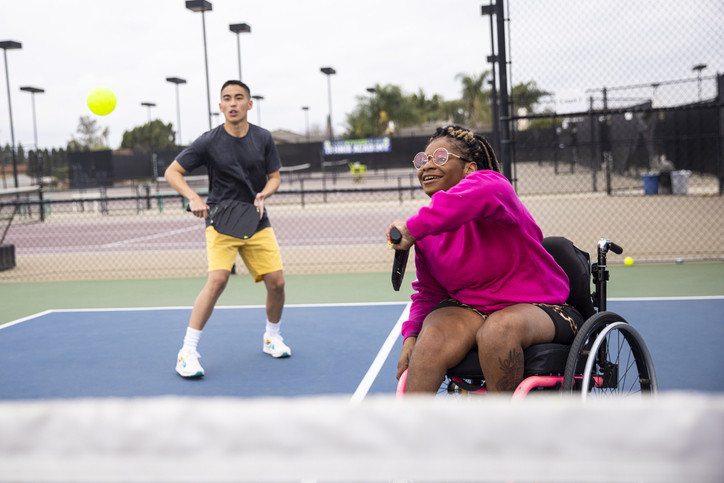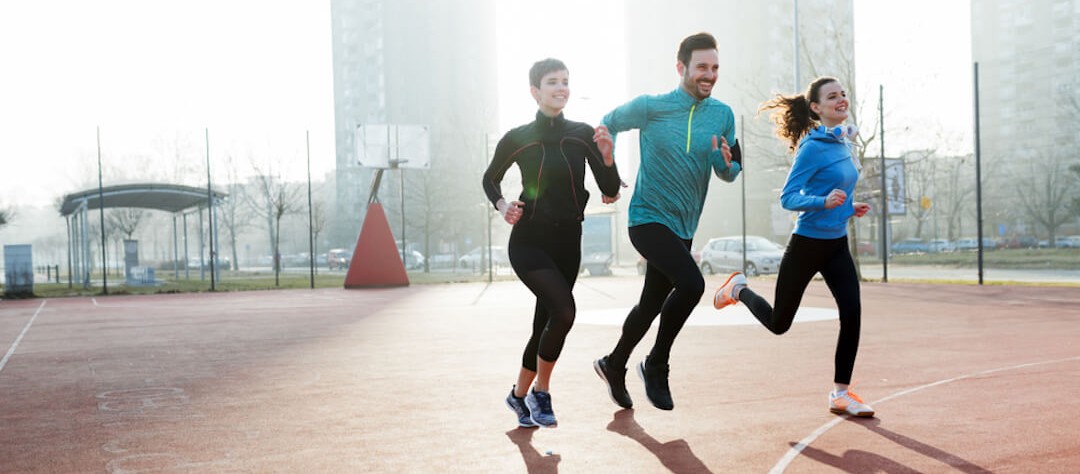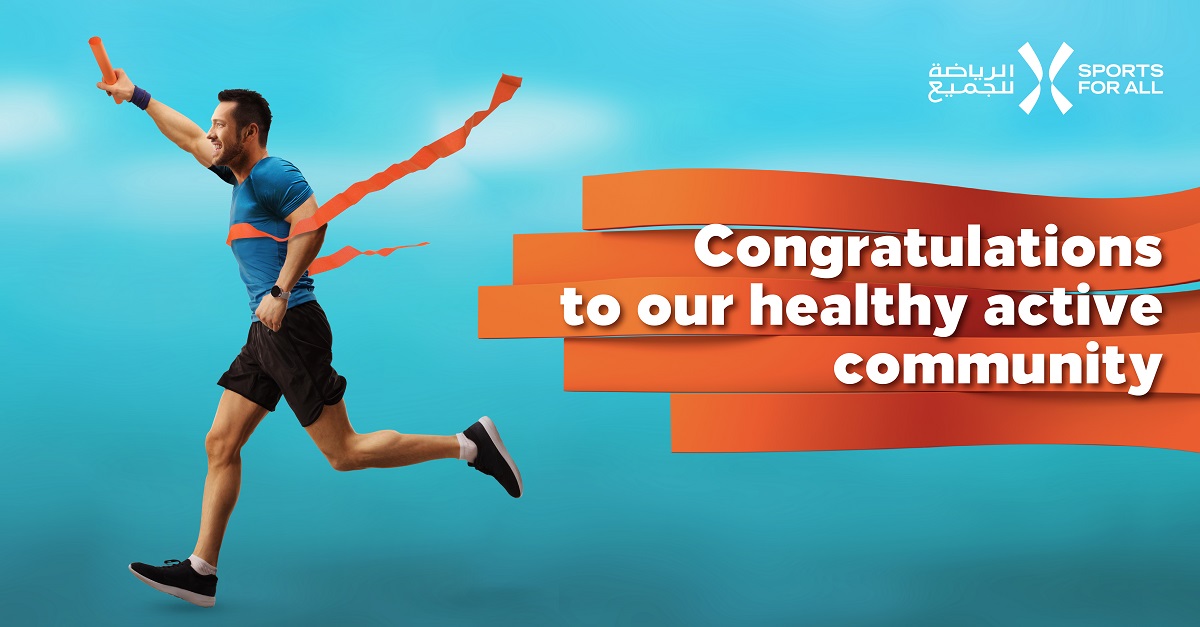
A actual physical disability or other limitations needn’t maintain you away from wellness-boosting things to do.
Overall health guidelines suggest adults get at the very least 150 minutes per week of average-depth aerobic training, or at least 75 minutes of vigorous workout. Which things to do you decide on never matter as lengthy as they get you going.
But what if an injuries, health issues, health affliction, disability, or even standard growing old can make remaining active challenging for you? In individuals situations, adaptive sporting activities could lend a substantially-necessary hand.
What are adaptive athletics?
Adaptive sporting activities are aggressive or leisure athletics or actions for people with disabilities or actual physical limits. They generally operate parallel to common endeavors, but are modified to aid people’s particular actual physical abilities.
“Finally, almost absolutely everyone will encounter some form of incapacity that impedes common workout, no matter if it’s delicate arthritis, requiring a knee or hip alternative, confined eyesight, or a additional major bodily incapacity,” says Dr. Cheri Blauwet, an affiliate professor in actual physical medicine and rehabilitation at Harvard Health-related Faculty, and a previous wheelchair racer who is a seven-time Paralympic medalist and two-time winner of the two the Boston and New York Town Marathons. “But right now, since of innovative know-how and supportive infrastructure, men and women can locate pretty much any sort of sport or action that will take into account their skills and aids them keep lively.”
Why is it significant to remain energetic?
Not obtaining enough regular work out boosts the chance of coronary heart disorder, stroke, obesity, diabetes, and most cancers. It also has an effect on mood. And people with disabilities are especially susceptible because of the troubles of being energetic, states Dr. Blauwet. “Adaptive sports are a way for us to continue on to physical exercise routinely and support our health and well-staying likely ahead.”
Investigation backs this up. According to one particular research, people today participating in adaptive sports activities and things to do report improved in general health, top quality of everyday living, and social lifetime.
How can you find out about options for adaptive routines in close proximity to you?
You can come across point out and local adaptive athletics packages and obtainable actions through the websites of the National Center on Health and fitness, Bodily Exercise and Disability and the Challenged Athletes Foundation. “These systems also can assistance you find mentors, coaches, and the help method that you want to be thriving,” claims Dr. Blauwet.
What kind of sport or action you opt for in the end relies upon on your pursuits and degree of function, but several alternatives are available.
Make on strengths and take into consideration new routines
Dr. Blauwet shares other techniques that can help you transition to adaptive functions.
Appear at your recent kind of training. “Virtually any sort of sport or exercise can be adjusted to accommodate people with disabilities, so there is a fantastic prospect you can carry on with a favored endeavor,” says Dr. Blauwet.
For instance, as aspect of her ongoing treatment, former Arizona representative Gabby Giffords, an avid cyclist who life with a mind personal injury just after an assassination try, now rides a recumbent bike because of paralysis on her appropriate facet and stability issues. (A recumbent bicycle is a a few-wheel bicycle that sites the rider in a seated or laid-back again reclining position.)
Other sporting activities and actions can be altered equally. For example, specialised golfing carts can aid you stand and stabilize your entire body while swinging the club. Sledge hockey utilizes sleds to skate across the ice.
Target on your strengths. Really don’t dwell on what you cannot do, but concentrate on what you can. Functioning no lengthier an possibility? How about electricity going for walks employing strolling poles for guidance? Just cannot use your legs? Focus on higher entire body pursuits like swimming or kayaking. Small eyesight? Guides are available to support you wander, run, and cycle.
Join a workforce. Quite a few adaptive sports have organized crew leagues with adjusted regulations and formats, like wheelchair basketball and tennis, and “beep” baseball and kickball for men and women with reduced eyesight. “These are a excellent way to construct much more awareness about your new endeavor and make a community with other peers with comparable disabilities,” suggests Dr. Blauwet. “Moreover, a little competition presents excess commitment.”
Try out something new. Use your new functional standing as an chance to try a distinct activity or activity. “Examination the waters and try out a thing that has constantly fascinated you,” suggests Dr. Blauwet. “Now may well be the great time to examine waterskiing, windsurfing, horseback using, or rock wall climbing.”
It may perhaps be mentally and emotionally tricky to embrace adaptive athletics and activities, as it can truly feel like your disability has develop into magnified. But really don’t let that dissuade you, adds Dr. Blauwet. “Remaining committed to staying active and investing in your well being can aid decrease and eradicate any destructive stigma you come to feel. Participation in adaptive sports is not a lesser way of living, but a way to are living superior.”



